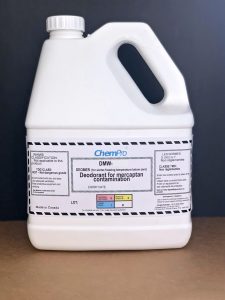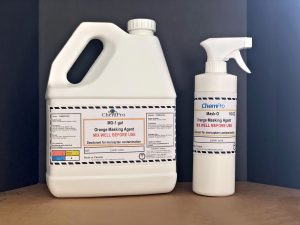Chemists tend to agree that a class of molecules known as ‘mercaptans’ are the smelliest compounds in existence. You might have encountered foul-smelling mercaptans in a skunk’s spray, rotting meat, bad breath, swamp water, and even some cheeses.
The official name for a mercaptan is a ‘thiol,’ and there are thousands of different kinds. They’re organic molecules with a chemical structure like that of alcohol – except instead of oxygen atoms, there’s a sulfur atom in its place – and that sulfur is what accounts for mercaptans’ characteristic stench.
Our human noses have an exquisite sensitivity to mercaptans. In billions of molecules of air we can detect just a few mercaptan molecules. Inside your house, when you say, “I smell gas,” you’re really smelling mercaptans. Natural gas is odorless. Gas companies add a mercaptan to natural gas so we can detect even tiny gas leaks inside our homes.
The name mercaptan comes from the Latin, mercurium captans, which means ‘capturing mercury.’ Mercaptans react with mercuric ions to form heavy metal precipitates, from which the word originated.
Some scientists use mercaptans for a quality other than its smell. Mercaptans like bonding to DNA. In laboratory studies of genes, special mercaptans that fluoresce or are brightly colored are attached to specific genes to tag them. That allows scientists to follow them during reactions.
But scientists tell us that, even in the lab, handling mercaptans is a stinky job.
This article was shared from EarthSky.




